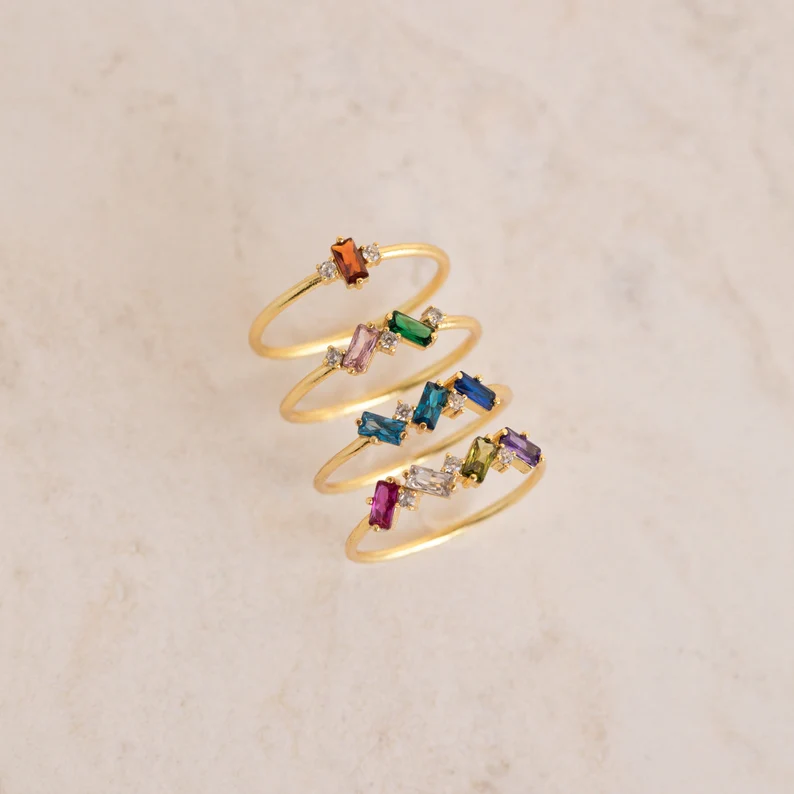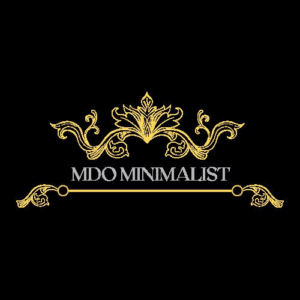Estate Jewelry: Timeless Treasures with Stories to Tell
Introduction
In the world of jewelry, there are pieces that transcend time, carrying with them the allure of bygone eras and the stories of generations past. These treasures are known as estate jewelry. With a rich history and a unique charm, estate jewelry has become a beloved category for collectors and those who appreciate the beauty of the past. In this blog post, we dive into the captivating world of estate jewelry, exploring its significance, characteristics, and the joy of owning a piece of history.

1. What is Estate Jewelry?
Estate jewelry refers to pre-owned pieces of jewelry that have been previously owned and worn. It encompasses a wide range of styles, eras, and designs, making it a diverse and intriguing category in the world of adornments.
2. The Significance of Estate Jewelry
Estate jewelry holds a special place in the hearts of collectors and enthusiasts for several reasons:
- Historical Significance: Each piece of estate jewelry carries the history of the era in which it was created, reflecting the fashion, craftsmanship, and materials of that time.
- Unique Designs: Estate pieces often feature designs that are no longer produced, making them one-of-a-kind and highly sought after.
- Sentimental Value: Some estate jewelry items are heirlooms passed down through generations, carrying sentimental value and family stories.
3. Characteristics of Estate Jewelry
Estate jewelry is characterized by certain key features:
- Vintage and Antique: Estate jewelry includes vintage pieces (typically over 20 years old) and antique pieces (over 100 years old).
- Craftsmanship: These pieces often showcase exceptional craftsmanship, with intricate details and fine workmanship.
- Materials: Estate jewelry may feature rare gemstones, unique settings, and precious metals, making them valuable both in terms of design and materials.
4. Popular Eras in Estate Jewelry
Estate jewelry spans various eras, each with its own distinctive style:
- Art Deco (1920s-1930s): Known for geometric shapes, bold colors, and the use of platinum.
- Victorian (1837-1901): Characterized by romantic motifs, cameos, and intricate designs.
- Edwardian (1901-1910): Known for its delicate and lacy designs, often featuring pearls and diamonds.
5. Collecting Estate Jewelry
Collecting estate jewelry can be a fascinating hobby:
- Authenticity: Ensure that you purchase from reputable dealers who provide authentication and historical information about the piece.
- Condition: Consider the condition of the jewelry, as vintage and antique pieces may show signs of wear.
- Personal Connection: Collect pieces that resonate with you personally, whether for their design, historical value, or sentimental significance.
6. The Joy of Ownership
Owning estate jewelry is like holding a piece of history in your hands. Whether you wear it to special occasions or display it as a work of art, estate jewelry is a testament to the enduring beauty of the past.
Conclusion: The Timeless Allure of Estate Jewelry
Estate jewelry is more than just jewelry; it’s a connection to the past, a celebration of craftsmanship, and a source of inspiration for the future. Whether you’re a collector, a history enthusiast, or simply someone who appreciates the beauty of fine jewelry, estate pieces have stories to tell and timeless allure to share.
